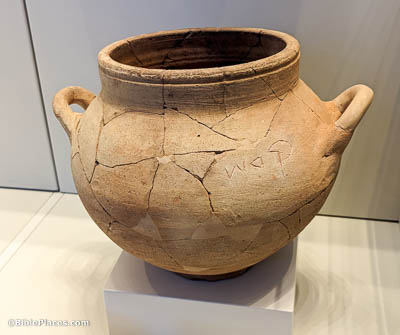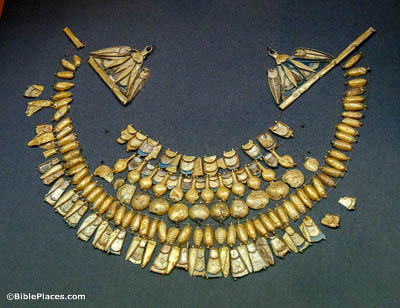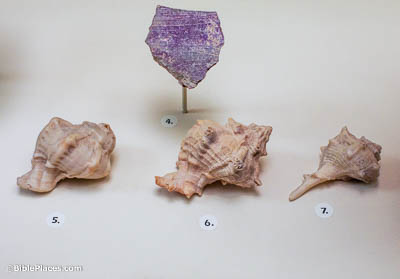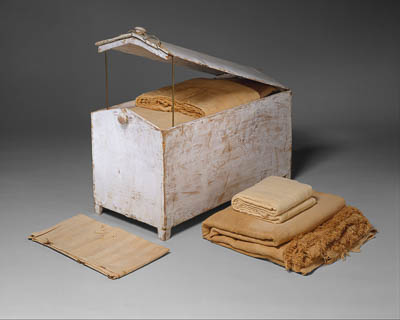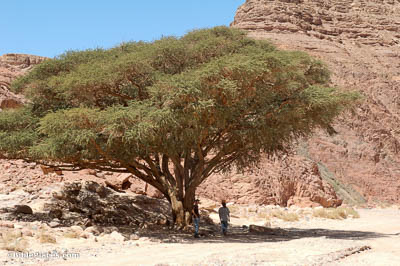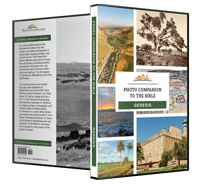You shall raise my contribution from every man whose heart moves him (Exodus 25:2).
The phrase “whose heart moves him” indicates that this contribution was a free-will contribution. No amount was required, but the people were to give as they desired. The offering bowl shown here is inscribed with the word “holy” (Heb. qodesh), indicating that it is set aside for a cultic purpose. This bowl was photographed at the Israel Museum.
